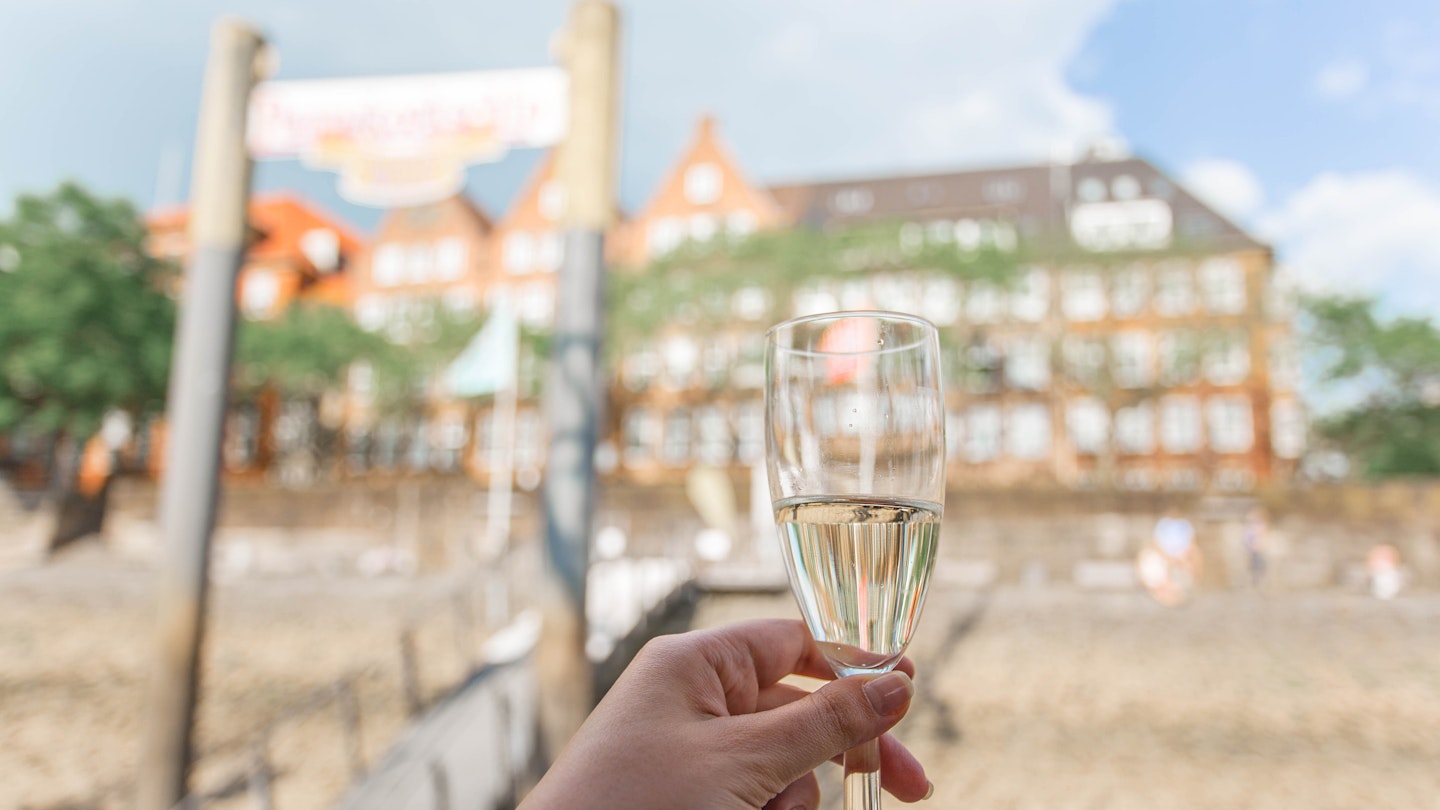Whether you consider yourself a prosecco aficionado, or rely upon spotting the most expensive bottle with the biggest discount at the supermarket, we all like to think we know what we're doing when it comes to buying (ahem, drinking) the nations favourite tipple.
We're purchasing cost-friendly prosecco far more frequently than bottles of champagne, but do you think you'd be able to taste the difference between our beloved prosecco and the other end of the spectrum of sparkling wines? Because we seem to have a counterfeit problem on our hands.
Mark Dawson, Food Standards Agency wine inspection team leader, has revealed that a shipment of thousands of bottles of fake prosecco was seized in Coventry last month. It had not hailed from Italian vineyards in the northern regions of Venice (similar to Champagne, prosecco can only be called 'prosecco' if it's made from the grapes grown in that specific region here), but instead turned out to be sparkling wine from Moldova.
'Products that are known to the consumer are targeted, like prosecco', he told the Sunday Express. 'This is the most common one we find. Fraudsters are always looking to cash in on current trends.'
Prosecco's popularity has no doubt soared over recent years - sales have been up 6000 percent in the last 10 years and British thirst has been responsible for a third of it's global consumption - which seems to have lent itself to an opening in the fake prosecco market. That said, new figures found by accountancy group UHY Hacker Young suggest that we may be slowly nearing our prosecco peak as sales in UK have only risen 5 percent in the last year, the smallest increase in sales we've had in six years.
Don't panic, none of this means that prosecco is going anywhere. The likelihood is that your summer is going to be just as full of fizz as last year was, but with news of a stagnating appetite and rising counterfeit produce, it might be useful to know a little bit more about what the world of sparkling wine has to offer. Here's a guide to some variations from around the world.
Grazia Sparkling Wine Around The World
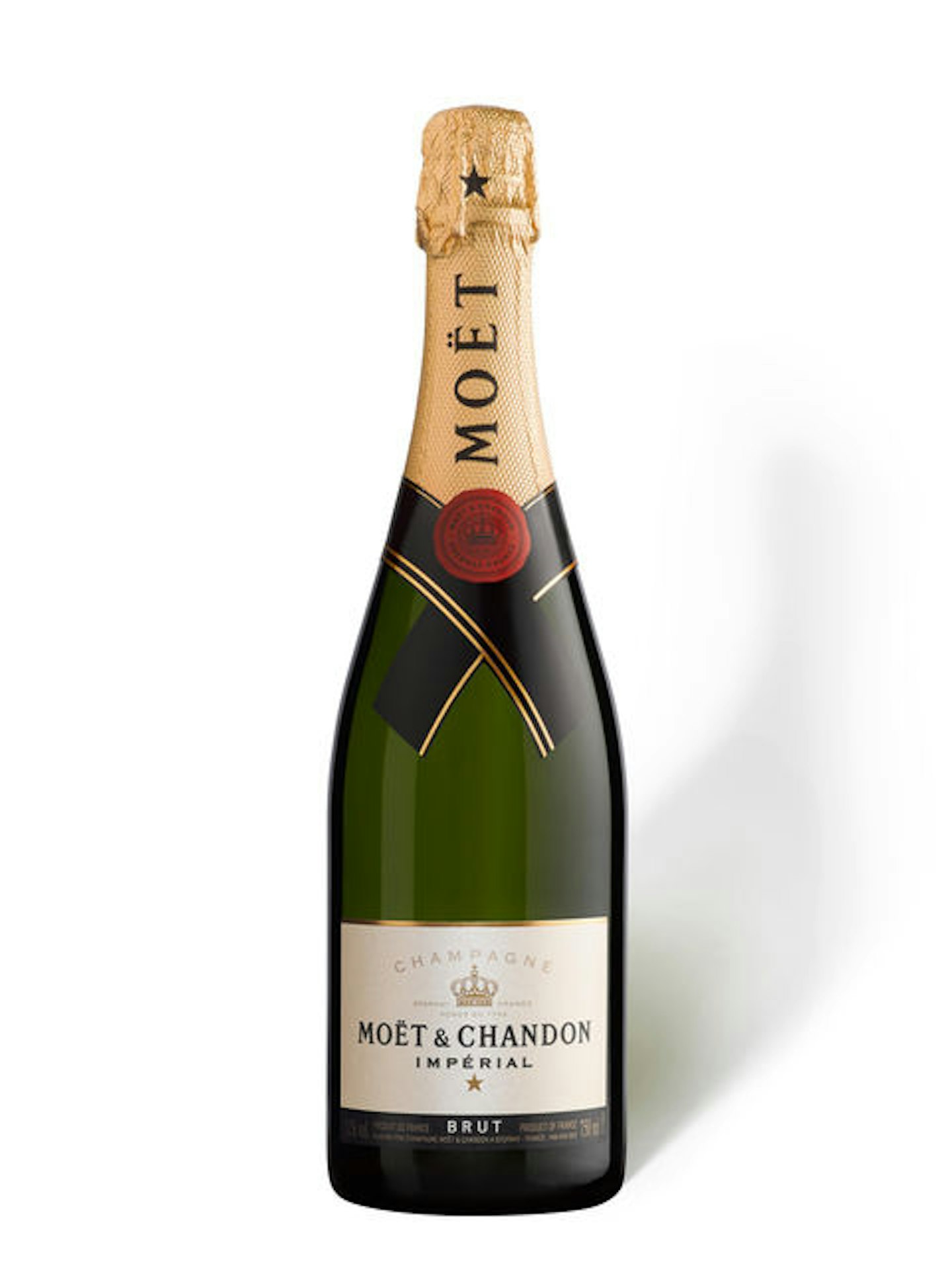 1 of 5
1 of 5France
I'm sure no one needs reminding that we have the French to thank for Champagne. Nevertheless, here's a quick PSA: unless the grapes are grown and the drink is bottled in the Champagne region of France, those bottles are definitely not the real deal.
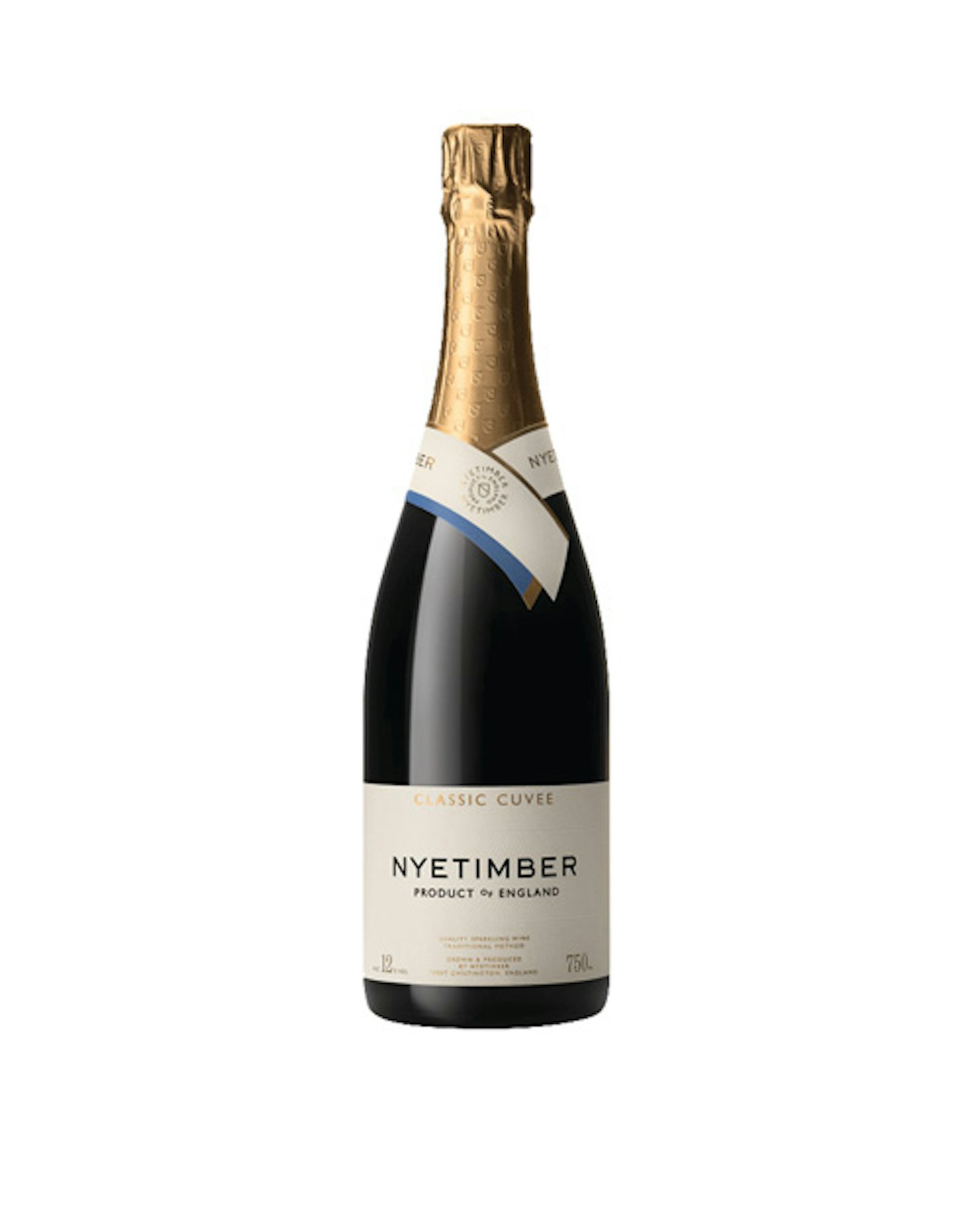 2 of 5
2 of 5England
English sparkling wine has been on the up for quite a while now, much of it being produced in the Sussex, Cornwall and Devonshire regions. While their isn't a specific term for that which is produced over her just yet, brands like Nyetimber have been pioneering the British sparking wine movement and might be worth noting.
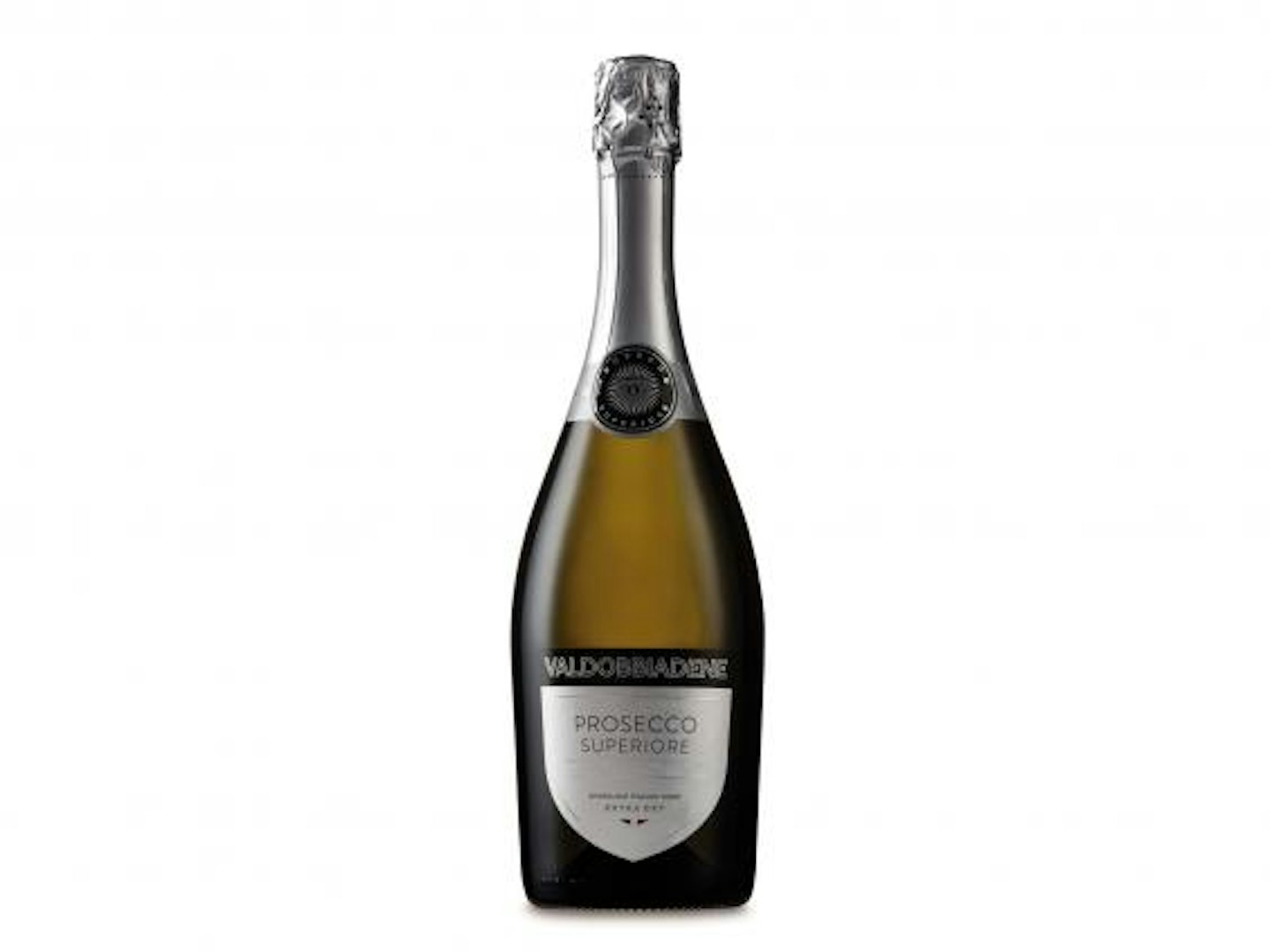 3 of 5
3 of 5Italy
Ah, the beautiful boot shaped island from which our beloved Prosecco hails. If we're really reaching peak-prosecco, if you're interested in venturing beyond this particular brand of budget bubbles then you might want to get to know Trentodoc.It originates from the Italian Alps, is fermented twice, has to be aged for a minimum of 15 months and has a minimum alcohol percentage of about 11.5.
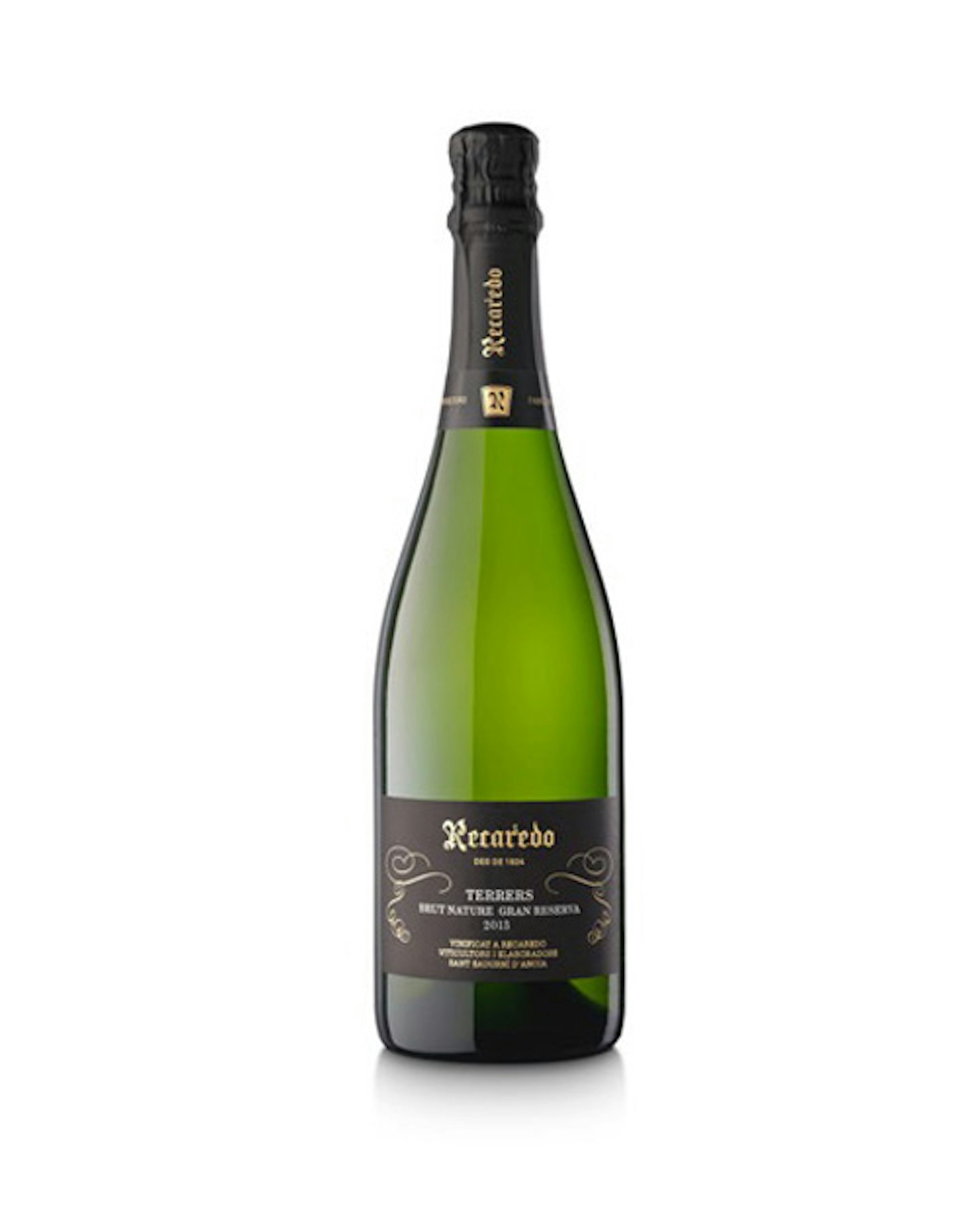 4 of 5
4 of 5Spain
Let's not overlook Cava. To earn the title the sparkling wine must be made in a special method called 'champenoise'. 95 percent of cava is made in the Penedès area in Catalonia if you're pondering your next Spanish get away.
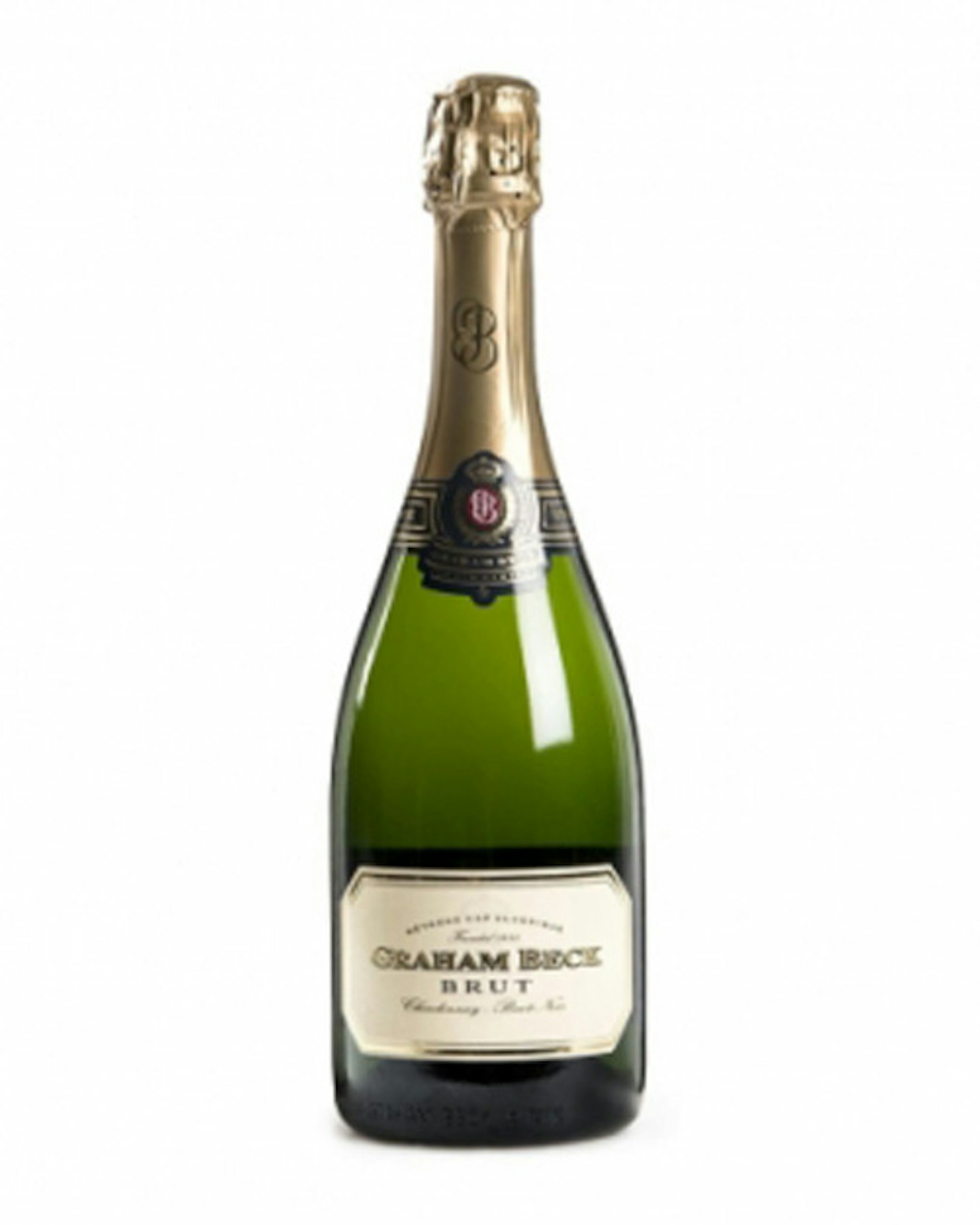 5 of 5
5 of 5South Africa
If you were to venture over to South Africa and asked for a glass of bubbles, you might be offered a glass of Cap Classique - the regional version of Champagne (but not Champagne because no one else is allowed to use that name...).
Follow Jazmin on Instagram @JazKopotsha
